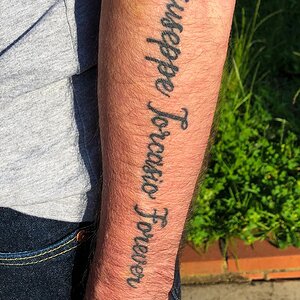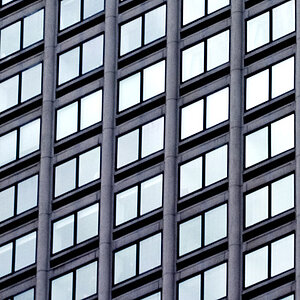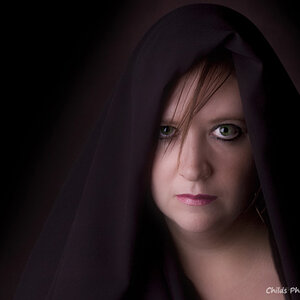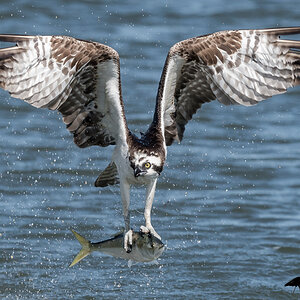As I understasnd it, since I am using FD lenses on an EF body, the lens doesn't send a signal to the camera, so I have to set the aperture manually. I wonder if I wouldn't just be farther ahead to just use the AV setting on my dial, adjust the aperture ring to an exposure that looks good to me, and let the camera take care of the rest. The focus is manual too, so I have to do that work also.
I think at that point, I would want to choose what kind of depth of field I want.
Anything else I should keep in mind?
Steve Thomas
I think at that point, I would want to choose what kind of depth of field I want.
Anything else I should keep in mind?
Steve Thomas








![[No title]](/data/xfmg/thumbnail/30/30875-d76f1fa085aee4334cb6b0cd62bb5e2d.jpg?1619734491)



![[No title]](/data/xfmg/thumbnail/30/30871-c87f97bf2d9d493b4c08ba6482680038.jpg?1619734488)
![[No title]](/data/xfmg/thumbnail/33/33492-0ad5e1a91781a72cd081fb3f06aa3628.jpg?1619736003)